Baby Calves Sick and Weak What Shot to Give
Dwelling > Dairy Guidelines Raising Calves
Dairy Guidelines Raising Calves
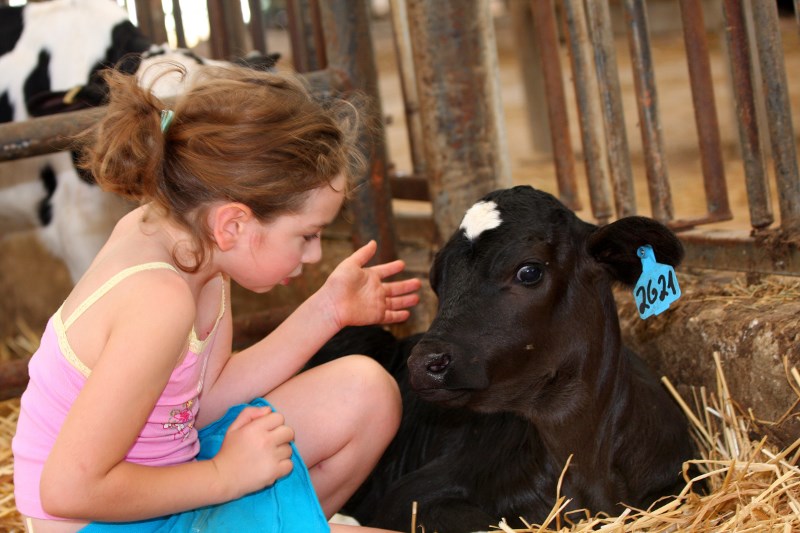
Mississippi State University
Selecting Sires for Improved Calves
Calf rise actually begins with the convenance process. The genetic inheritance of the calf is established when the heifer or cow is bred. The sire and the dam each contribute 50 percent to the calf'due south genetic inheritance. Since yous already have the heifer or cow, you tin do niggling to modify this half of the calf'southward genetic makeup. The greatest event on inheritance volition come from the sire you select. Selecting bulls with high PTA's for product and type offers the greatest opportunity for improvement in a herd.
Intendance at Calving
When calving signs appear, the cow should be placed in a clean, dry expanse. After the water purse (amnion) appears, normal commitment takes place within 6 hours. Afterward the dogie'due south front feet announced, delivery should follow in about 1 hour.
Notice the cow often but get out her lone unless assistance is truly necessary. If the animal needs assistance at calving, you should have properly sterilized equipment bachelor: a bucket, obstetrical pulling chains, soap, ample lubricant, and disinfectant solutions. Exist sure the arms and hands of the person assisting are clean and sanitized and that the vulva and surrounding expanse of the animal are make clean and sanitized. Correcting whatever abnormal position of the dogie and using generous lubrication are 2 vital procedures for assisting in calf commitment.
Intendance of Calf from Nascence through Weaning
Immediately after nascence, identify the calf by ear tag or cervix strap. Dip the omphalos cord in a stiff iodine solution the post-obit day. This practice kills existing organisms on the cord and decreases the risk of complications from "omphalus sick."
Full general Recommendations
- Tattoo (light-green) both ears. Be conscientious to allow for a Brucellosis vaccination tattoo in the right ear.
- Dehorn the calf in the kickoff x days.
- Weigh the calf and record the weight in a calf book. A heart girth record is acceptable to use in determining weight. Record tape measurements in inches if a special weight tape are non bachelor.
- Make a tape card for the calf (tattoo, sire, dam, nascence date, and nascency weight.) Other information such every bit colostrum quality, etc., also tin can be recorded.
Housing
Place the dogie in an individual pen. Outside portable pens are the most successful under Mississippi weather. Calf pens should be clean, dry out, and well-bedded. Use a clean area, and place calves in the pen by chronological age. Pens should be moved uphill periodically and rebedded. Calf barns should exist well-ventilated and kept free of drafts. Calves should always be kept in split pens, where they are unable to touch on each other.
Remember, if the dogie raiser is unwilling to prevarication downwards in the pen, then it requires cleaning and
rebedding. Information on amalgam calf pens and hutches tin be obtained from the Department of Animal and Dairy Sciences at Mississippi State University.
Recommended Feeding Practices
- Always follow strict sanitation practices. Thoroughly clean and sanitize buckets and nipple bottles later each use.
- Arrange calves in chronological guild by nascency dates. Be conscientious to feed sick calves last to minimize the spread of disease.
- Clean, fresh water should be provided at all times. Research has shown that preweaning weight gains are college and the incidence of scours is lower when calves are given free-choice water.
Importance of Colostrum Feeding
The importance of colostrum feeding cannot exist overemphasized. A calf is born essentially without any amnesty (resistance) to infection and disease. Newborn calves acquire both immunity against many diseases as well as certain minerals and vitamins from the cow's first milk, colostrum. Antibodies (immunoglobulins) in the colostrum are absorbed intact through the intestinal wall during the first 24 hours of life, with absorption beginning to decline nigh ii hours after birth. Attempt to requite the calf its first colostrum as soon as possible after calving.
Colostrum-Feeding Suggestions
Practise not permit nursing. Feeding with a bottle lets y'all measure the amount of colostrum fed and allows you to check for antibody content. This can be done past using a relatively depression-toll colostrometer. Good-quality colostrum will take a reading of at to the lowest degree 75 to 100 mg/dl.
Calves should exist given colostrum immediately after birth. Tube feeding is recommended for calves unable to suck a bottle. Each calf should be given 1 1/2 to 2 gallons in the showtime 24 hours of its life. A suggested schedule is 2 quarts within 4 hours of nativity, 2 more quarts within 12 hours of birth, and 2 more by 24 hours of nativity.
Since most cows produce more colostrum than their calves need, freeze the rest to save for the occasional calves that need higher quality colostrum than their dams can produce. Freeze only colostrum that has a concentration of 75 to 100 mg/dl or higher. Two-quart containers are convenient, and they should be labeled with the date and concentration of collection.
Liquid Feeding
Actress colostrum and discarded milk from antibiotic-treated cows can be used to feed calves.
The amount of liquid (milk or replacer) you feed daily should be 8 to ten percent of the torso weight. Many calves perform well when fed all their milk at one feeding a mean solar day. In one case-per-mean solar day feeding saves time in feeding and washing nurse buckets.
Suggested Milk Feeding Schedule:
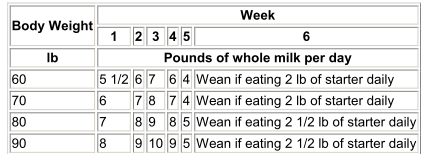
Milk replacers are acceptable to use if they are of good quality. The label on milk replacer bags will brandish the information needed to assess ingredients and nutritional value.
Generally, milk replacers high in milk past-products and depression in plant by-products are higher in quality. Replacers should be at least 20 percentage poly peptide, not less than 12 percent fat, and less than i percentage fiber. Mixing should exist washed according to the manufacturer's recommendations. Calf performance data collected on your farm volition help you lot in evaluating the milk replacer used.
Dry Feeding
Offering the calf a special starter feed when you place the dogie in a pen. Feed only a small amount, and increase the rate of feeding equally the calf'due south ambition increases. Change feed daily, and feed what's refused to older calves.
A practiced calf starter (with virtually 20 percent crude protein) includes:
- Coarsely ground corn 50 lb
- Crushed or rolled oats 15 lbSoybean meal – 48% 25 lb
- Dried molasses 7 lb
- Limestone 2 lb
- Dicalcium phosphate i lb
- Trace mineralized common salt 0.5 lb
Also add these supplements:
- Vitamin A three,000 IU per lb starter
- Vitamin D 500 IU per lb starter
- Vitamin E 15 IU per lb starter
- Antibiotic 20 milligrams of terramycin or aureomycin per lb starter
Calves tin can be weaned when consuming 2 to 2 1/ii pounds of starter daily. Provide minor amounts of loftier-quality grass hay, starting at the time the calf is eating two pounds of starter per solar day.
Scours Treatment
At the first sign of scours, begin electrolyte therapy. A commercially available powder mixed with h2o is equally cost constructive as good bootleg products. If the calf is bright and alert, there is footling do good to withholding milk. Feed these calves milk and electrolytes separately. In weak or depressed calves that will still suck, give simply electrolytes equivalent to ten pct of torso weight the first day. The second twenty-four hours, begin milk at 5 percent of body weight in addition to electrolytes, then gradually increase the milk dorsum to normal feeding amounts over the next two to iii days.
Antibiotics may be indicated with scours, but many forms of scours are caused by viruses or other types of microorganisms. Consult your veterinarian for guidance on the apply of antibiotics in scouring calves.
Care of Calves later on Weaning
Permit the calf to eat upward to 5 pounds per day of dogie starter and all the hay information technology will eat. Starter is unremarkably fed up to iii months. After 3 months, you can utilize a good grower ration. Following is a skilful calf grower mixture (containing well-nigh xviii percent rough poly peptide):
- Coarsely ground corn 55 lb
- Crushed or rolled oats 15 lb
- Soybean meal – 48% 20 lb
- Stale molasses 7 lb
- Limestone 2 lb
- Dicalcium phosphate 1 lb
- Trace mineralized salt 0.v lb
Also adds Vitamin A: 2,000 IU per pound of grower, Vitamin D: 400 IU per pound of grower, and Vitamin E: 10 IU per pound of grower. Feed the grower mixture up to half-dozen months, and then switch to herd concentrate.
Grouping of Calves
The beginning 2 weeks after weaning, calves should remain lone. After this period, they may be grouped. Grouping calves generally prevents sucking.
Before grouping, worm them with a good dewormer and vaccinate (PI3, IBR, blackleg, and malignant edema). Other things to exercise earlier group:
- Remove actress teats.
- Take trunk weight.
- Be sure identification is still in ear.
- Record all vaccinations and body weights.
Feeding later on Group
From group to 6 months, feed five pounds of dogie grower daily and complimentary-choice, high-quality hay. You may substitute pasture when it is available. From 6 months to 1 year, feed 0-7 pounds of herd concentrate daily; limit fed-silage, greenchop, or gratuitous-choice hay. You may substitute pasture when information technology is available. From ane yr to 2 months before freshening, feed 0-7 pounds of herd concentrate daily, depending on quality of forage available. All heifers should continue to grow and gain weight but should not become overly fat.
Disease Prevention and Conditioning
Observing calves at least twice daily is extremely important. Detecting sickness early and giving prompt treatment cannot be overemphasized. Heifers should be checked daily for eye, human foot, and sucking problems and other abnormalities. Immediate attention to a trouble is important. At no time should heifers be placed with mature cows until 30 to sixty days before calving.
Vaccination and Deworming Schedule for Calves
- Feed ionophores for coccidia control upwards to 20 months sometime.
- Deworm at one calendar month afterwards weaning and vaccinate for IBR, PI3, and blackleg.
◦ 5 months old — Brucellosis vaccination
◦ vii-way clostridium
◦ IBR
◦ PI-3
◦ BVD – killed vaccine
◦ BRSV
◦ 5-way Lepto
◦ Deworm
◦ Pinnacle and weight measurements
- 6 months former — Echo all vaccinations that used killed vaccines.
Practice Not Repeat BRUCELLOSIS VACCINATION.
- 8 months old — Deworm
- 12-thirteen months old (prebreeding) or 45 days prebreeding
◦ IBR – killed vaccine
◦ PI-three – killed vaccine
◦ BVD – killed vaccine
◦ BRSV – killed vaccine
◦ v-fashion Lepto
◦ Deworm
◦ Height and weight measurements
- 14-15 months — Breeding
- fifteen months one-time — Deworm
◦ Elevation and weight measurements
◦ Magnet to significant heifers
- 18 months former — Deworm
◦ Superlative and weight measurements
◦ IBR – killed vaccine
◦ PI-3 – killed vaccine
◦ BVD – killed vaccine
◦ BRSV – killed vaccine
◦ 5-way Lepto
- 24-25 months onetime (calving) — Height and weight measurements
Note: Modified live vaccines for IBR and BVD can be used, but consult your veterinarian for schedules and precautions.
External Parasites
External parasites (flies and lice) should be controlled on a regular basis (approximately at 10-mean solar day intervals) using an canonical dairy cattle insecticide. This practice is of import for skilful performance and sound udders. The use of Vigilante Boluses for wing control in late March and again in early July is a good control measure in an external parasite control program.
Growth Chart
Growth rates earlier puberty have been shown to be related to the future productive life of cows. Inadequate or excessive growth rates are non economical. Optimum growth rates are non the same equally maximum growth rates. All-encompassing research has established optimal growth rates for nigh breeds of dairy cattle. The majority of dairy cattle in Mississippi are either Holstein or Jersey; the charts below illustrate optimal growth rates for these breeds. Information on other breeds tin can be obtained from the Department of Animal and Dairy Sciences at Mississippi State University.
Range of Recommended Holstein Heifer Weights and Heights:
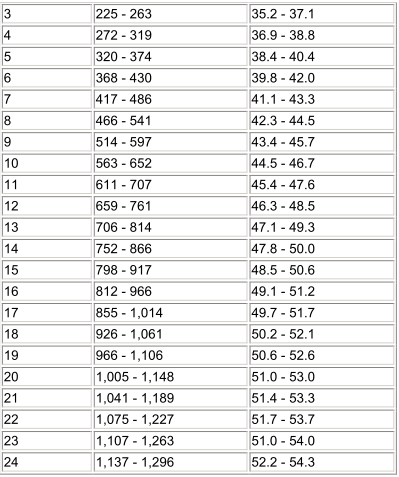
Range of Recommended Jersey Heifer Weights and Heights:
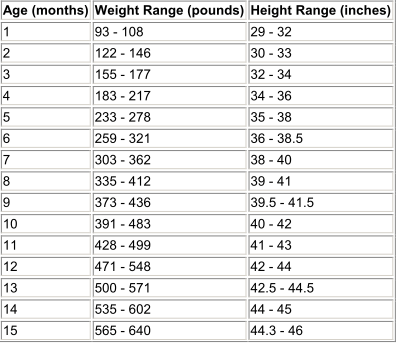
Charts compiled from Standards of Weight and Height for Holstein Heifers, Heinrichs, A.J. and G.L. Hargrove, Journal of Dairy Science seventy:653-660.
Revised by Dr. Reuben Moore, Extension Dairy Specialist, Department of Brute and Dairy Sciences; Dr. Bruce Clark, Associate Professor, Higher of Veterinarian Medicine; and Dr. Jim Tomlinson, Nutritionist, Department of Animate being and Dairy Sciences.
Mississippi State University does not discriminate on the ground of race, color, religion, national origin, sex, historic period, disability, or veteran condition.
Information Sheet 1011
Extension Service of Mississippi Country University, cooperating with U.S. Section of Agriculture. Published in furtherance of Acts of Congress, May viii and June 30, 1914. Ronald A. Brown, Director
Copyright by Mississippi Land University. All rights reserved.
This certificate may be copied and distributed for nonprofit educational purposes provided that credit is given to the Mississippi State University Extension Service.
Tags
- Herd Planning, Cognition center
Get the latest subcontract noesis
Trending
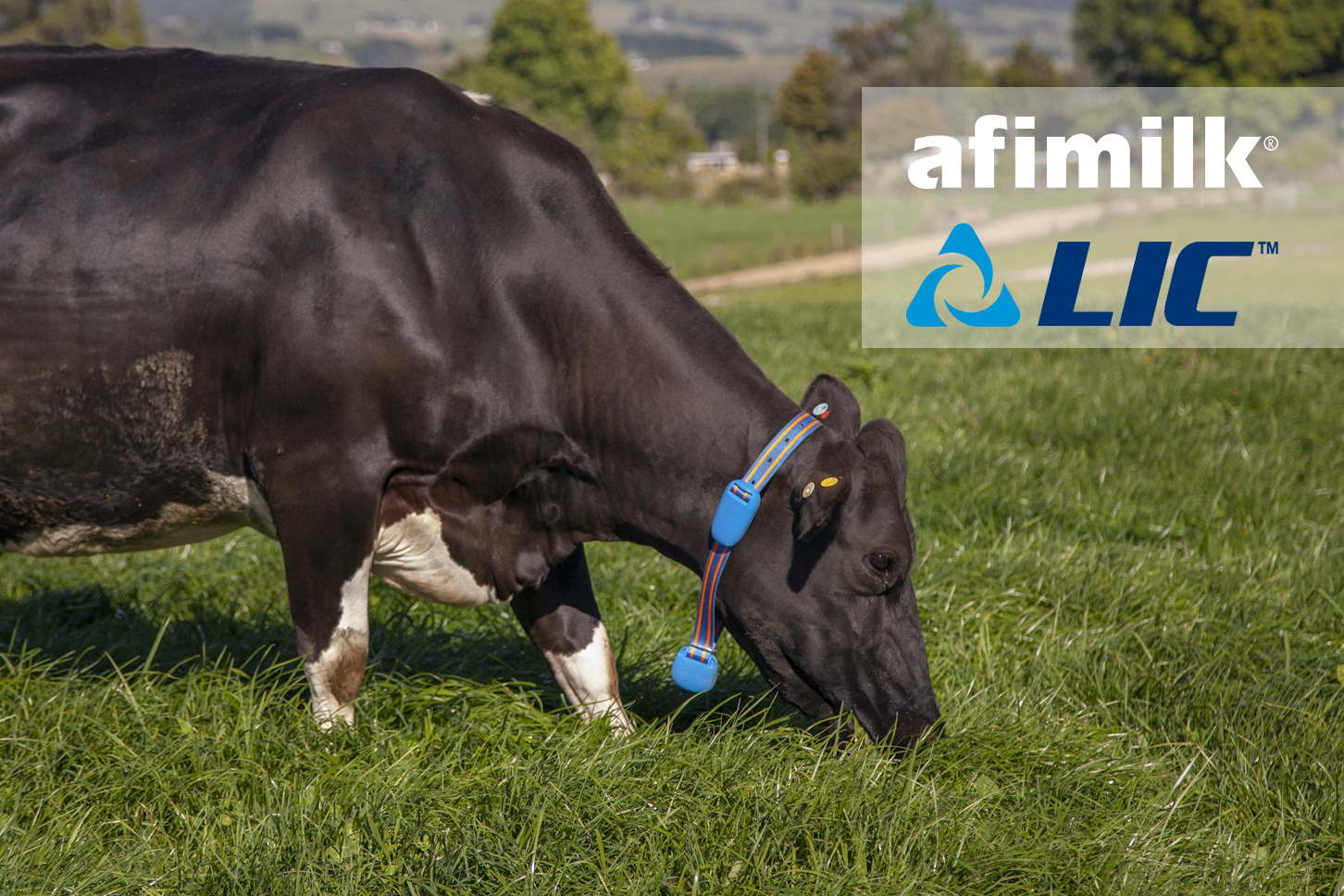
The 'continued cow,' wearing this technology, will shape the future of the dairy manufacture and help New Zealand maintain its globe leading edge in precision farming.
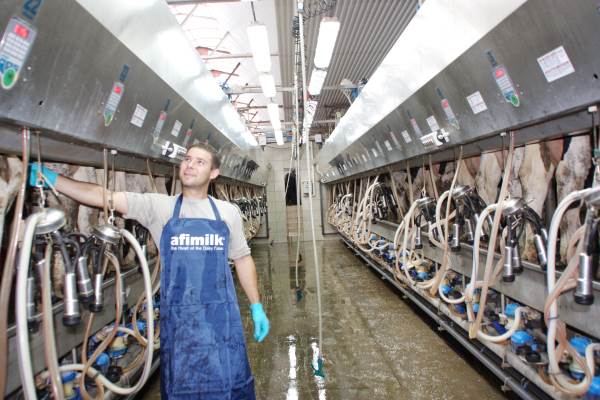
Where the milk starts talking.
Integrated milking bespeak analysis and control.
What We Offer
Accurate rumination and eating patterns are used as indications of each cow'south …
AfiFarm is a direction software tool that handles up to 60,000 animals in …
Afimilk has designed a unique set up of milk sensors to monitor and record …
About Us

Afimilk provides advanced dairy management solutions for farmers including cow monitoring, farm management software, and parlor automation. We go to a higher place and beyond standard monitoring to bring our …
Related Content
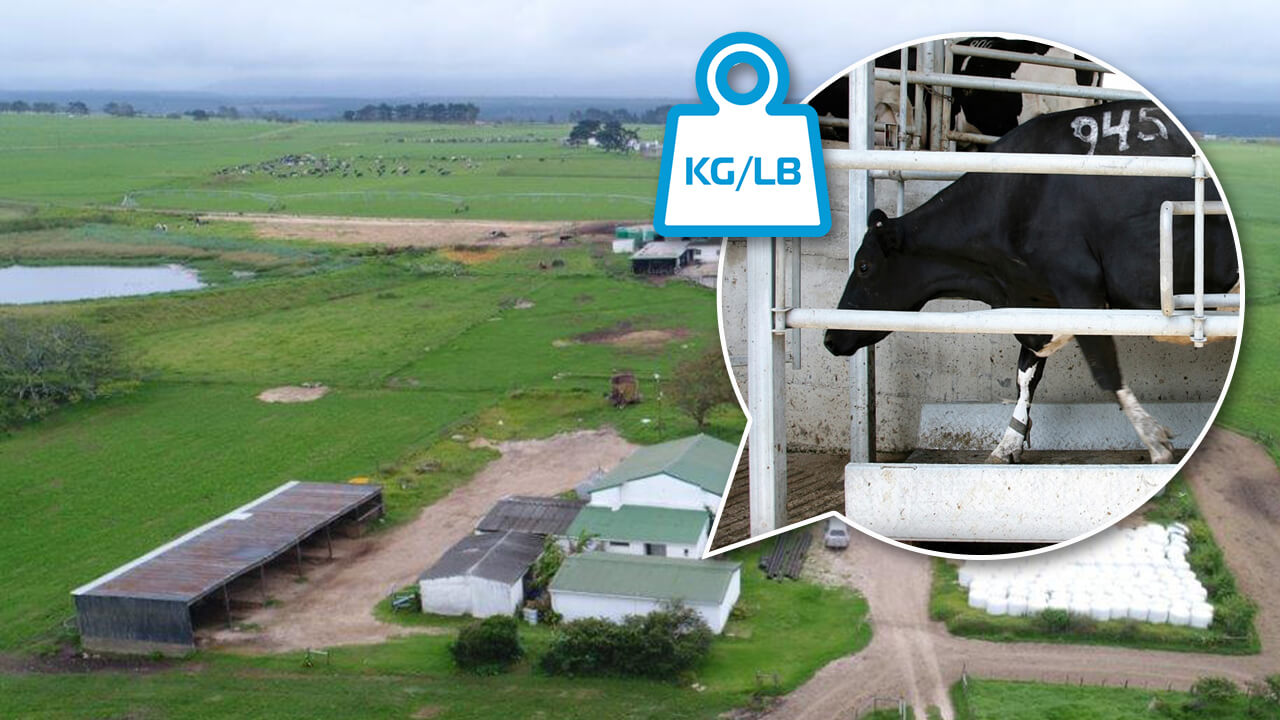
thirteen/02/2022
The story of a professional farmer who uses the AfiSort and Counterbalance system which identifies, weighs, and sorts the cows according to where they should go at each milking. Sort and Weigh helps him achieve of import efficiency targets on the farm.
Read More
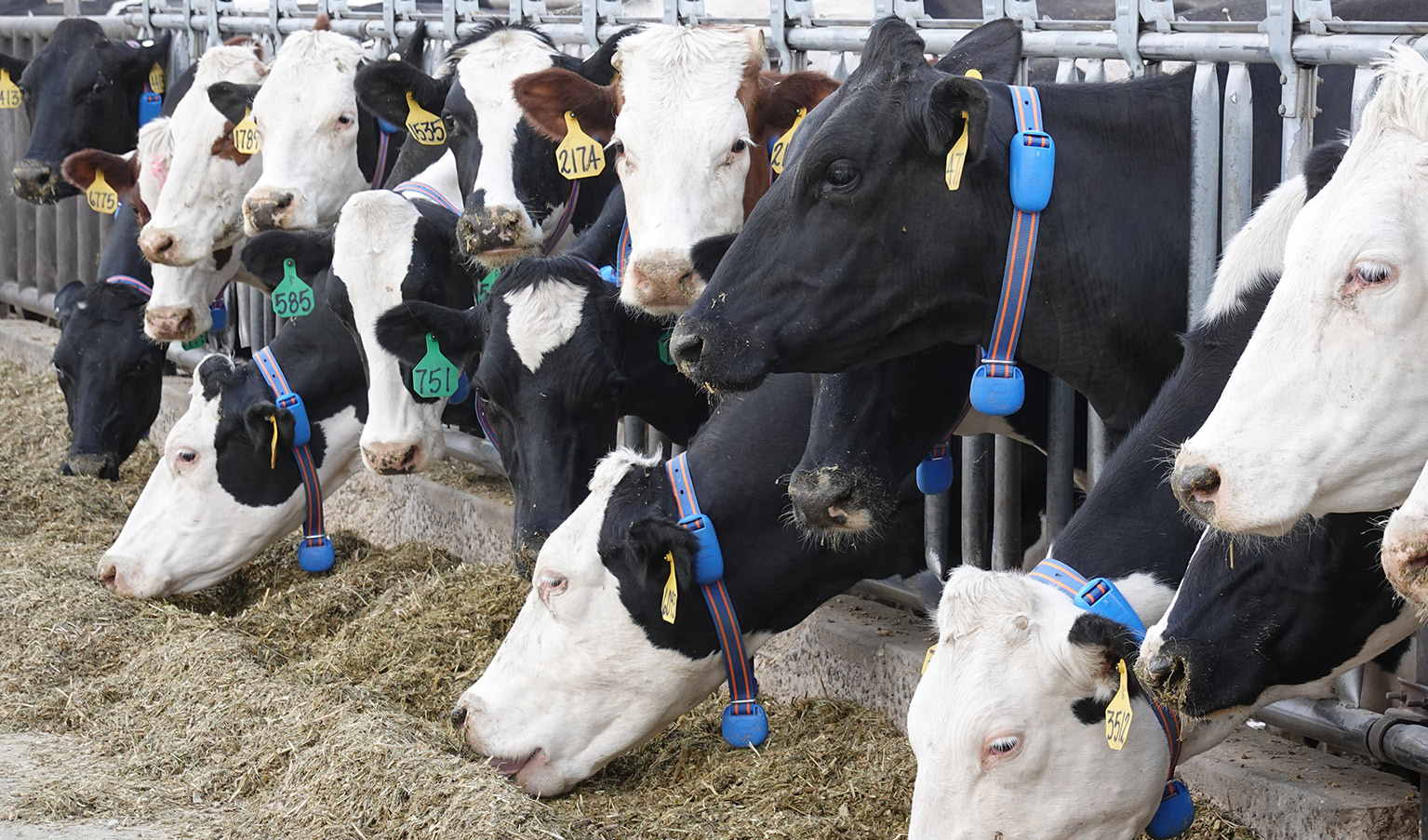
10/xi/2021
As every dairy farmer wants his/her subcontract to perform to the highest level, information technology pays to rail eating and rumination patterns and then that any changes can be dealt with appropriately and any issues or bug tin can be quickly remedied.
Read More
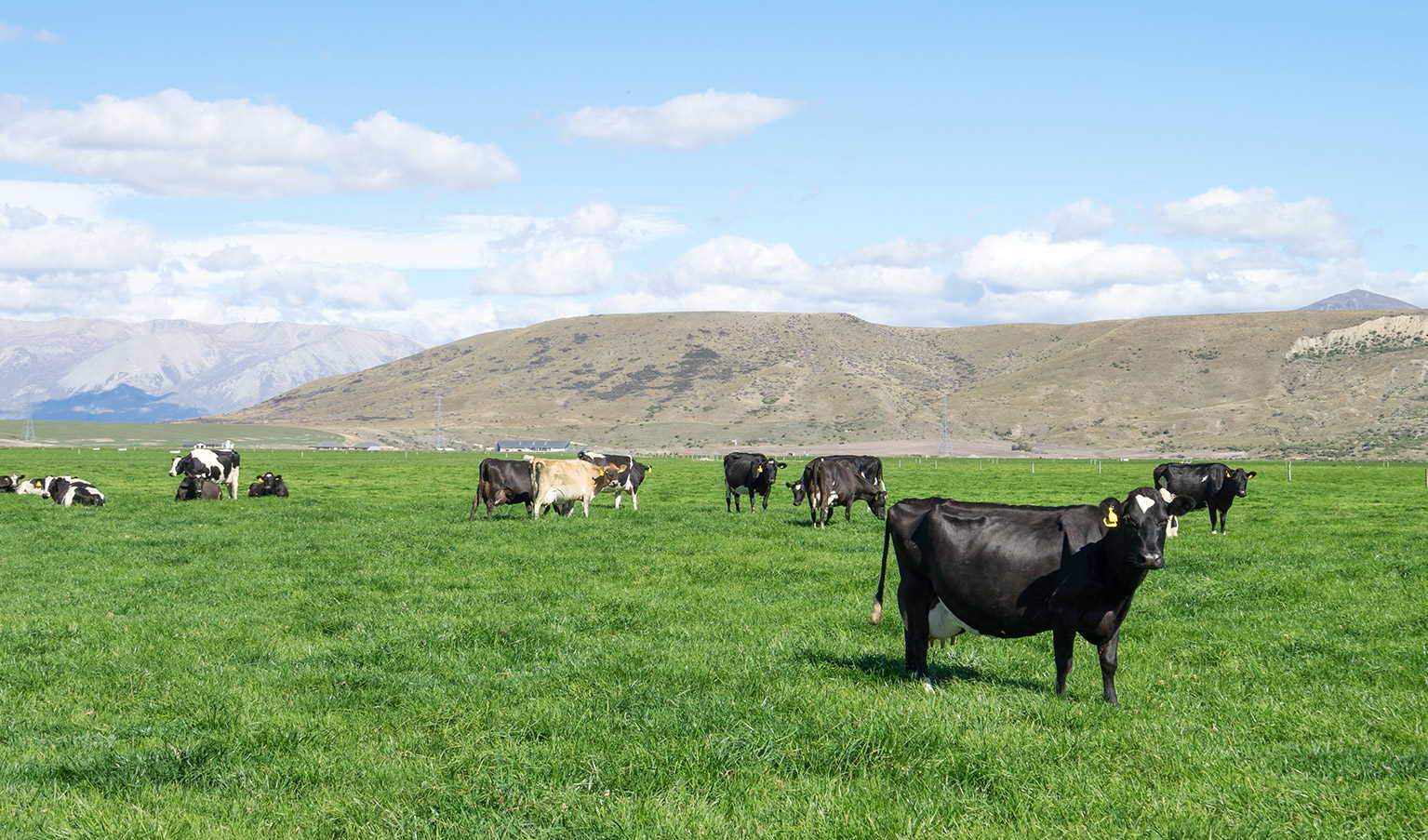
10/11/2021
A groundbreaking study carried out by the School of Agriculture and Environs at Massey University, New Zealand, found a powerful link between eating and rumination tracking using an Afimilk Moo-cow collar and performance benefits on dairy farms.
Read More
Source: https://www.afimilk.com/dairy-guidelines-raising-calves/
0 Response to "Baby Calves Sick and Weak What Shot to Give"
Post a Comment